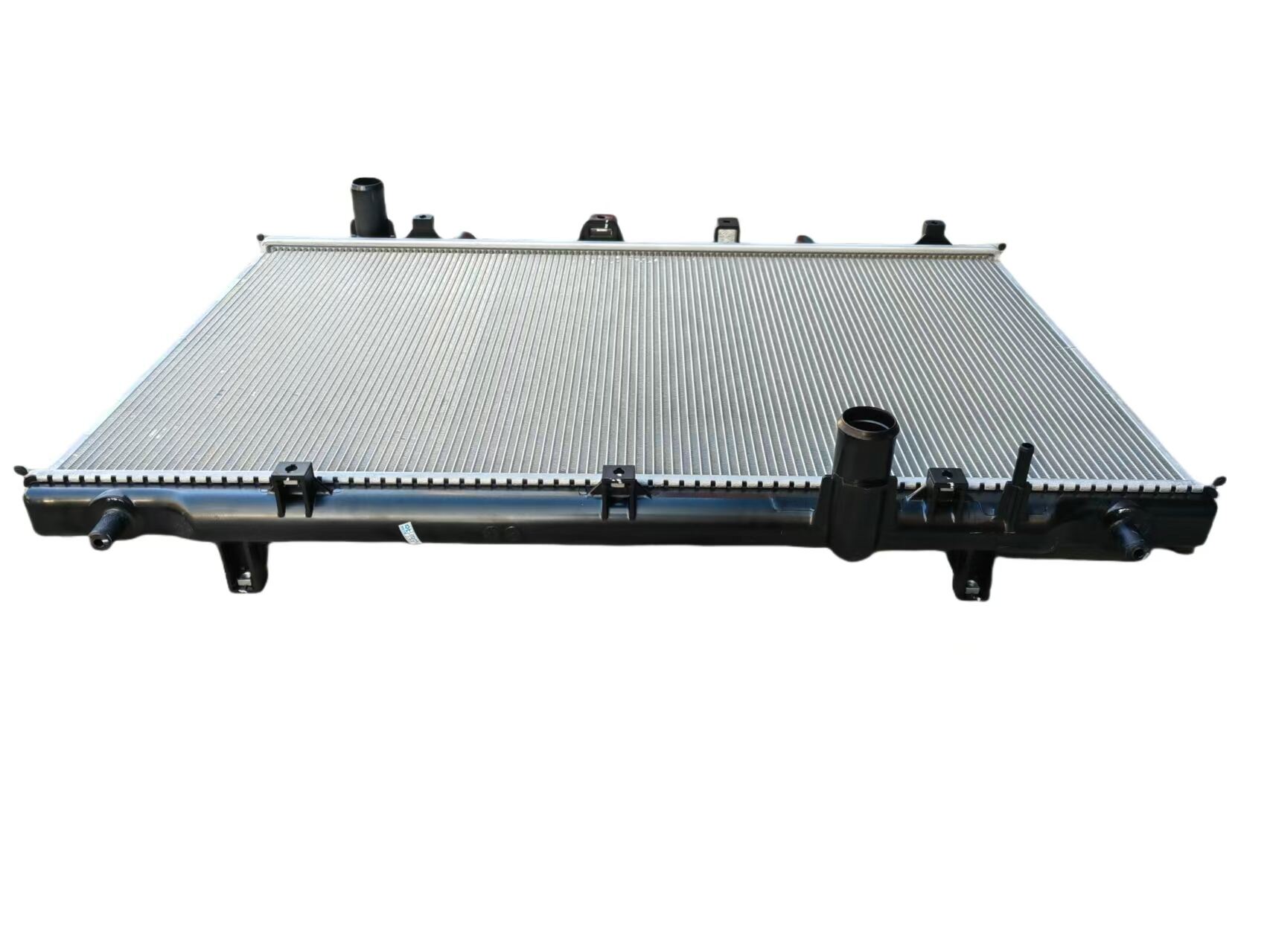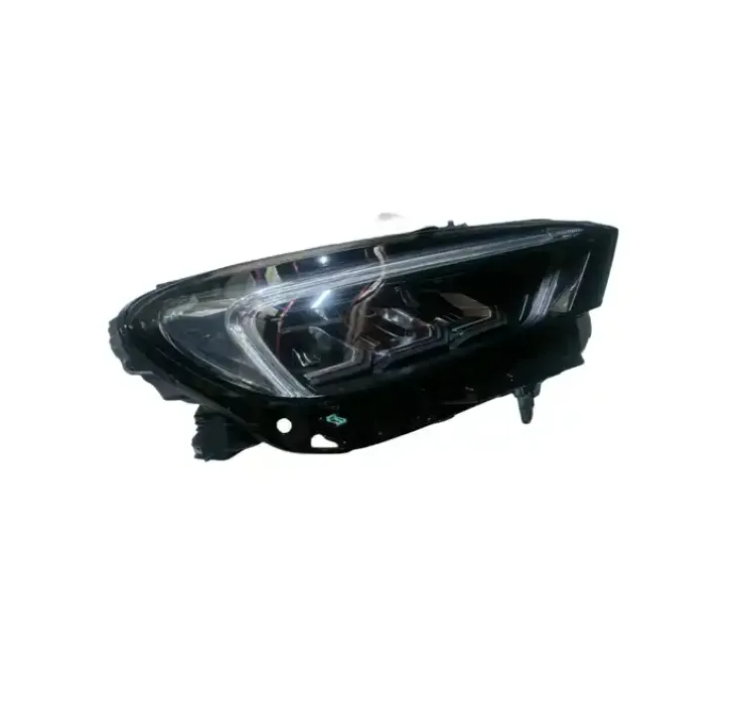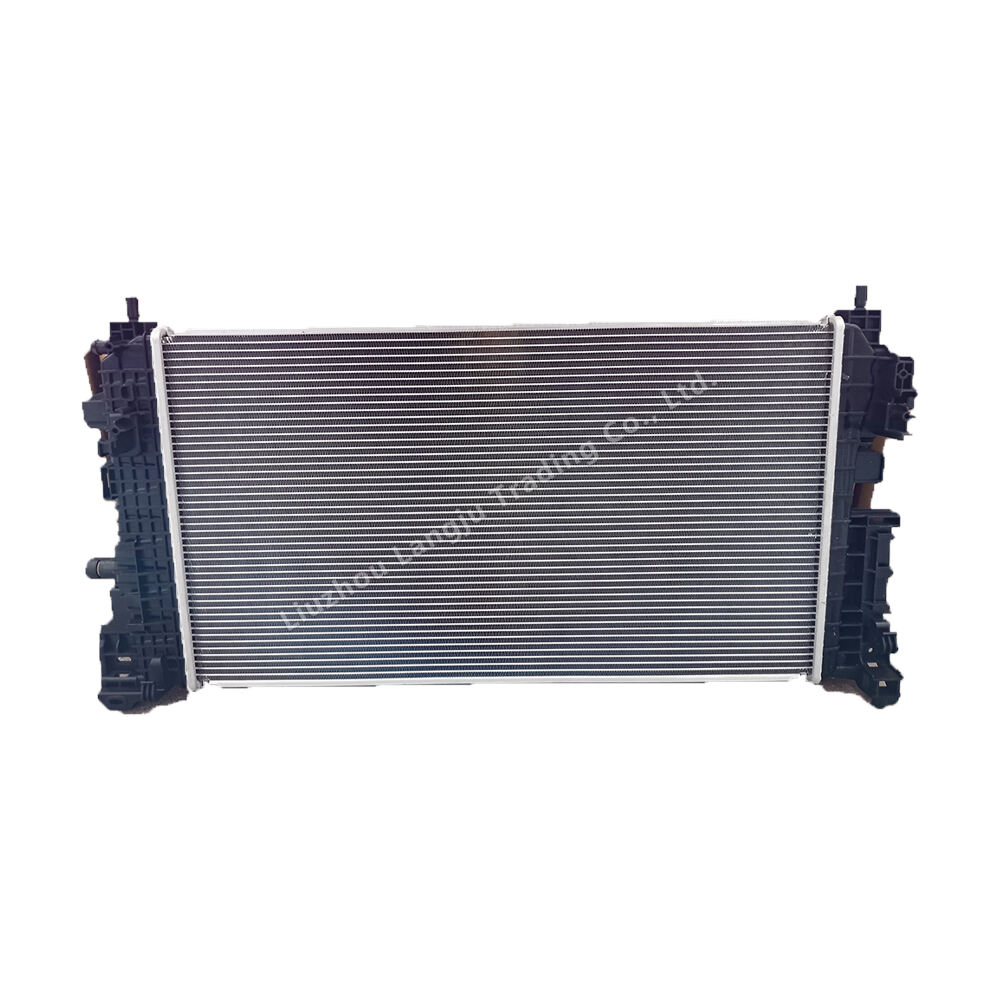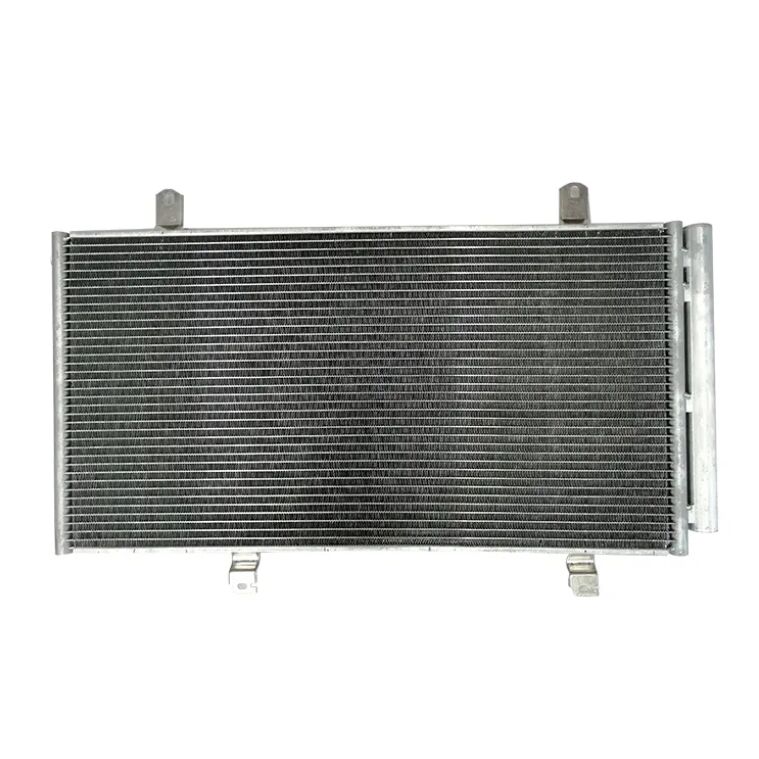auto radiator
The auto radiator is a crucial component of a vehicle's cooling system, designed to regulate engine temperature and prevent overheating. This heat exchanger uses a combination of coolant fluid, aluminum or copper-brass construction, and strategic placement within the engine bay to maintain optimal operating temperatures. The radiator works by circulating coolant through internal tubes and fins, allowing heat to dissipate into the surrounding air. Modern auto radiators feature advanced designs with multiple rows of tubes and enhanced fin density for maximum heat transfer efficiency. The system includes essential components such as the radiator cap, which maintains proper pressure, and the overflow tank that accommodates expanding coolant. Technological advancements have led to the development of aluminum radiators with plastic tanks, offering improved heat dissipation while reducing overall weight. The radiator's core, typically constructed with tubes and fins, provides extensive surface area for heat exchange, while the integrated fan system ensures consistent airflow even when the vehicle is stationary. This vital component works in conjunction with the water pump, thermostat, and cooling fans to maintain the engine's optimal operating temperature, preventing potential damage from excessive heat buildup.










